Giant Sequoia Lumber
- June 27, 2023
- 0 comment
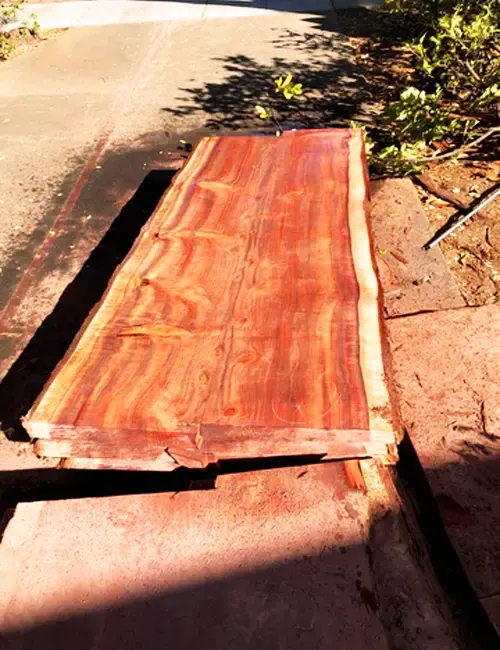
Giant Sequoia lumber is derived from the majestic Giant Sequoia tree, known for its immense size, longevity, and captivating beauty. Native to the Sierra Nevada Mountains in California, these awe-inspiring trees can reach heights of over 250 feet (76 meters) and have diameters exceeding 20 feet (6 meters). The lumber showcases a light reddish-brown color with streaks of darker red and purple, which deepens over time and exposure to sunlight. With a straight grain and coarse, even texture, Giant Sequoia lumber is prized for its unique appearance.
In addition to its striking aesthetics, Giant Sequoia lumber possesses impressive mechanical properties. Despite being relatively lightweight, with an average dried weight of 29 lbs/ft3 (465 kg/m3), it exhibits strength and durability. It has a Janka hardness rating of 500 lbf (2,230 N) and a modulus of rupture of 11,700 lbf/in2 (80.6 MPa), indicating its ability to withstand wear and bending forces. The heartwood of Giant Sequoia is highly resistant to decay, making it suitable for outdoor applications. With moderate workability and no known allergies or toxicity concerns, Giant Sequoia lumber is favored for specialty and decorative projects such as furniture, cabinetry, veneer, carvings, and interior trim.
| Common Name(s) | Giant Sequoia |
|---|---|
| Scientific Name | Sequoiadendron giganteum |
| Distribution | Native to the Sierra Nevada Mountains in California, USA |
| Tree Size | Giant Sequoias can reach incredible heights of over 250 feet (76 meters) and have diameters exceeding 20 feet (6 meters) |
| Average Dried Weight | 29 lbs/ft3 (465 kg/m3) |
| Specific Gravity | 0.46 |
| Janka Hardness | 500 lbf (2,230 N) |
| Modulus of Rupture | 11,700 lbf/in2 (80.6 MPa) |
| Elastic Modulus | 1,240,000 lbf/in2 (8.55 GPa) |
| Crushing Strength | 7,200 lbf/in2 (49.7 MPa) |
| Shrinkage | Radial: 2.6%, Tangential: 4.8%, Volumetric: 7.4%, T/R Ratio: 1.8 |
Color/Appearance
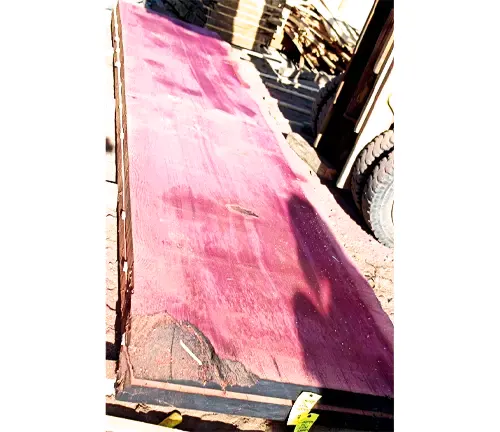
Giant Sequoia lumber typically exhibits a light reddish-brown hue, often with streaks of darker red and purple. The color tends to deepen with age and exposure to sunlight.
Grain/Texture
The grain of Giant Sequoia is usually straight, though it can occasionally be wavy. The texture is generally coarse and even.
Rot Resistance
The heartwood of Giant Sequoia lumber is highly resistant to decay, making it durable and long-lasting, especially in outdoor applications.
Workability
Giant Sequoia is moderately easy to work with, as it saws, planes, and turns well. However, it has a tendency to tear out when being worked with hand tools. Pre-boring is recommended for nailing or screwing.
Odor
Giant Sequoia wood typically has no characteristic odor.
Allergies/Toxicity
There are no known allergies or toxicity issues associated with Giant Sequoia lumber.
Pricing/Availability
Giant Sequoia lumber is relatively rare and not widely available commercially. Due to its limited supply, it can be expensive when compared to other common lumber species.
Sustainability
Giant Sequoia is considered a sustainable species because it is grown in managed forests and its harvesting is regulated to ensure the long-term health and survival of the species.
Common Uses
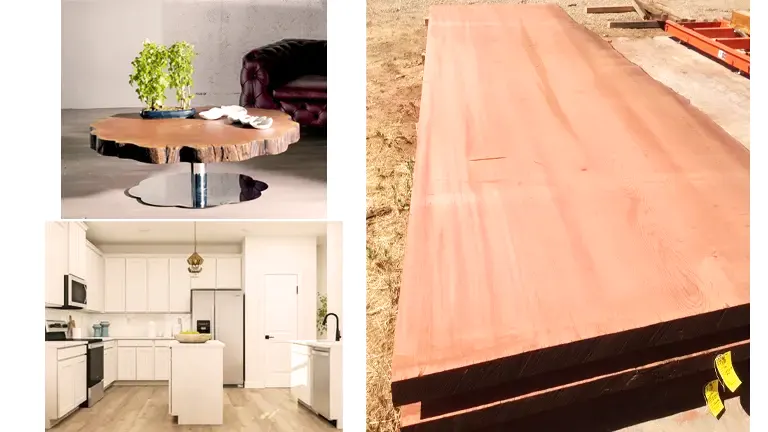
One of the primary common uses of Giant Sequoia lumber is in furniture making. Its distinct reddish-brown color, coupled with the prominent grain patterns, adds a touch of natural beauty and warmth to furniture pieces. From tables and chairs to cabinets and shelves, Giant Sequoia lumber can bring a sense of elegance and uniqueness to any interior design.
Cabinetmakers and craftsmen also appreciate the aesthetic appeal and durability of Giant Sequoia lumber. The wood can be used to create stunning cabinetry, showcasing the natural beauty of the material while providing functional storage solutions. Its ability to resist decay makes it a suitable choice for cabinetry in areas prone to moisture, such as kitchens and bathrooms.
Giant Sequoia lumber is also valued in the production of veneer. The striking color and grain patterns of the wood lend themselves well to creating decorative veneer panels that can be used for wall coverings, furniture surfaces, and other decorative applications. The unique appearance of Giant Sequoia veneer adds a touch of luxury and sophistication to any space.
For those engaged in carving and woodworking, Giant Sequoia lumber presents exciting opportunities. Its coarse, even texture allows for intricate detailing and precise carving work. Woodcarvers can bring their artistic visions to life by sculpting intricate designs, sculptures, and decorative accents using the distinct properties of Giant Sequoia lumber.
Interior trim work is another common use for Giant Sequoia lumber. The wood’s rich color and unique grain patterns make it an excellent choice for baseboards, crown molding, door frames, and other architectural details. Giant Sequoia lumber can enhance the visual appeal of a space while adding a touch of natural elegance and sophistication.
It’s important to note that due to its limited availability and relatively higher cost compared to more common lumber species, Giant Sequoia lumber is often reserved for specialty and high-end projects where its exceptional beauty and durability can truly shine.
Comments
Giant Sequoia lumber offers a unique and visually striking appearance, with its reddish tones and prominent grain patterns. It is highly sought after by craftsmen and woodworkers for its distinctive beauty and association with the magnificent Giant Sequoia trees. However, due to its scarcity, sourcing Giant Sequoia lumber may require some effort and potentially higher costs.


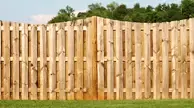
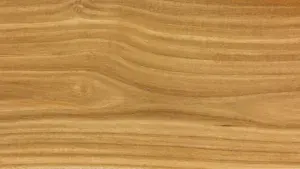

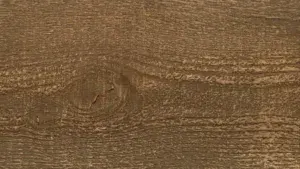

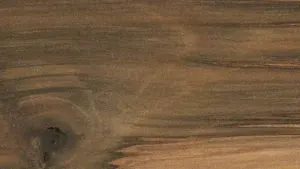
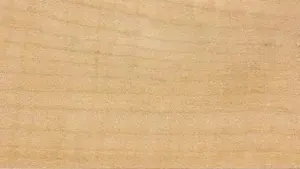

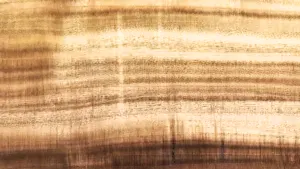

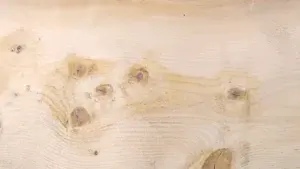
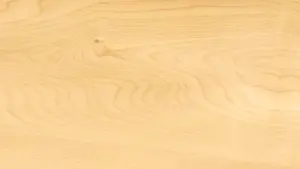
Leave your comment